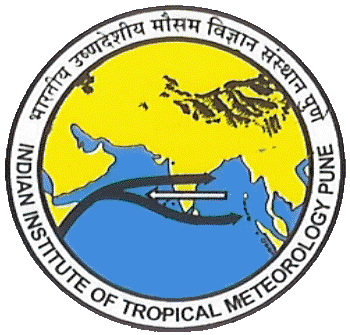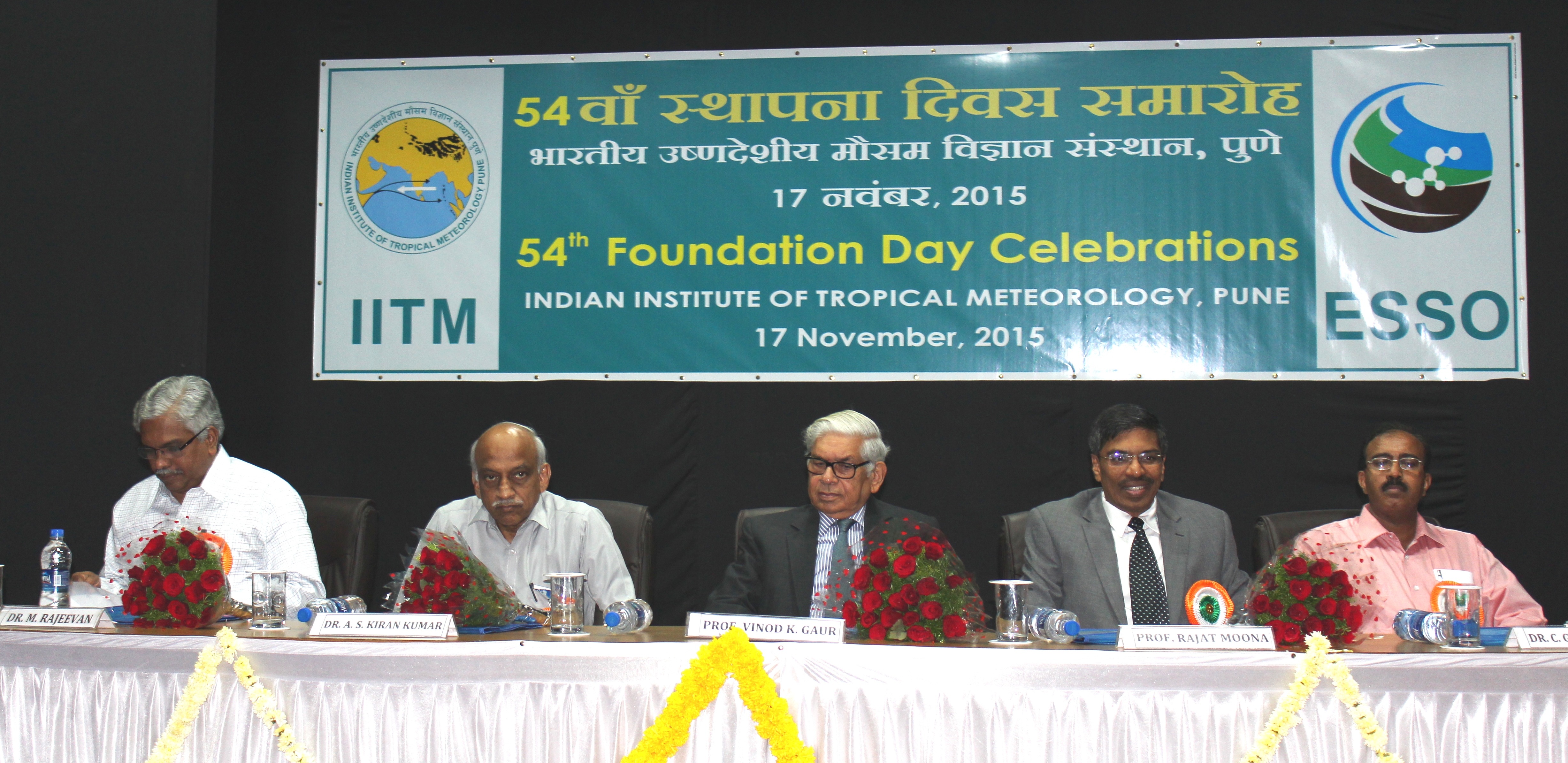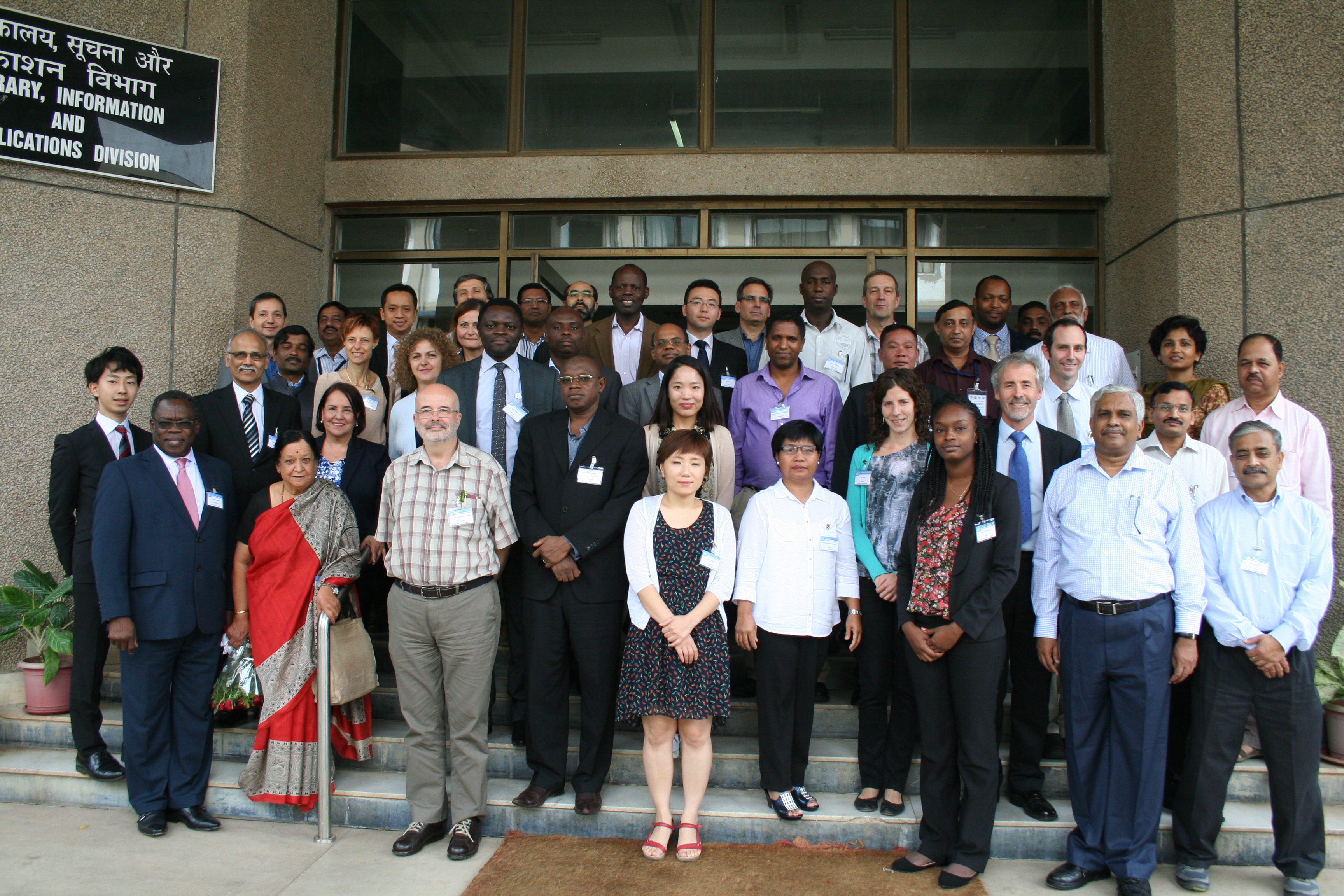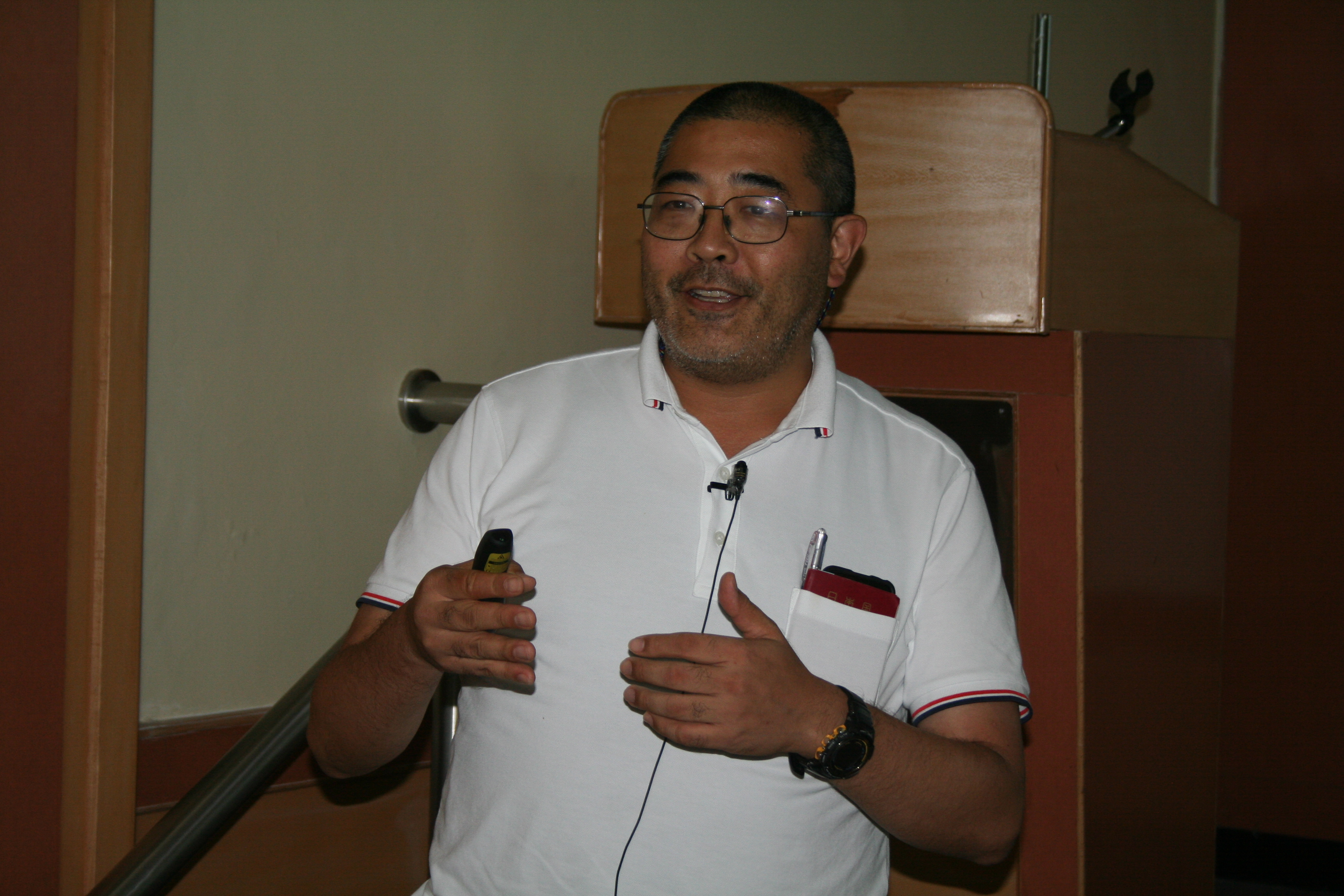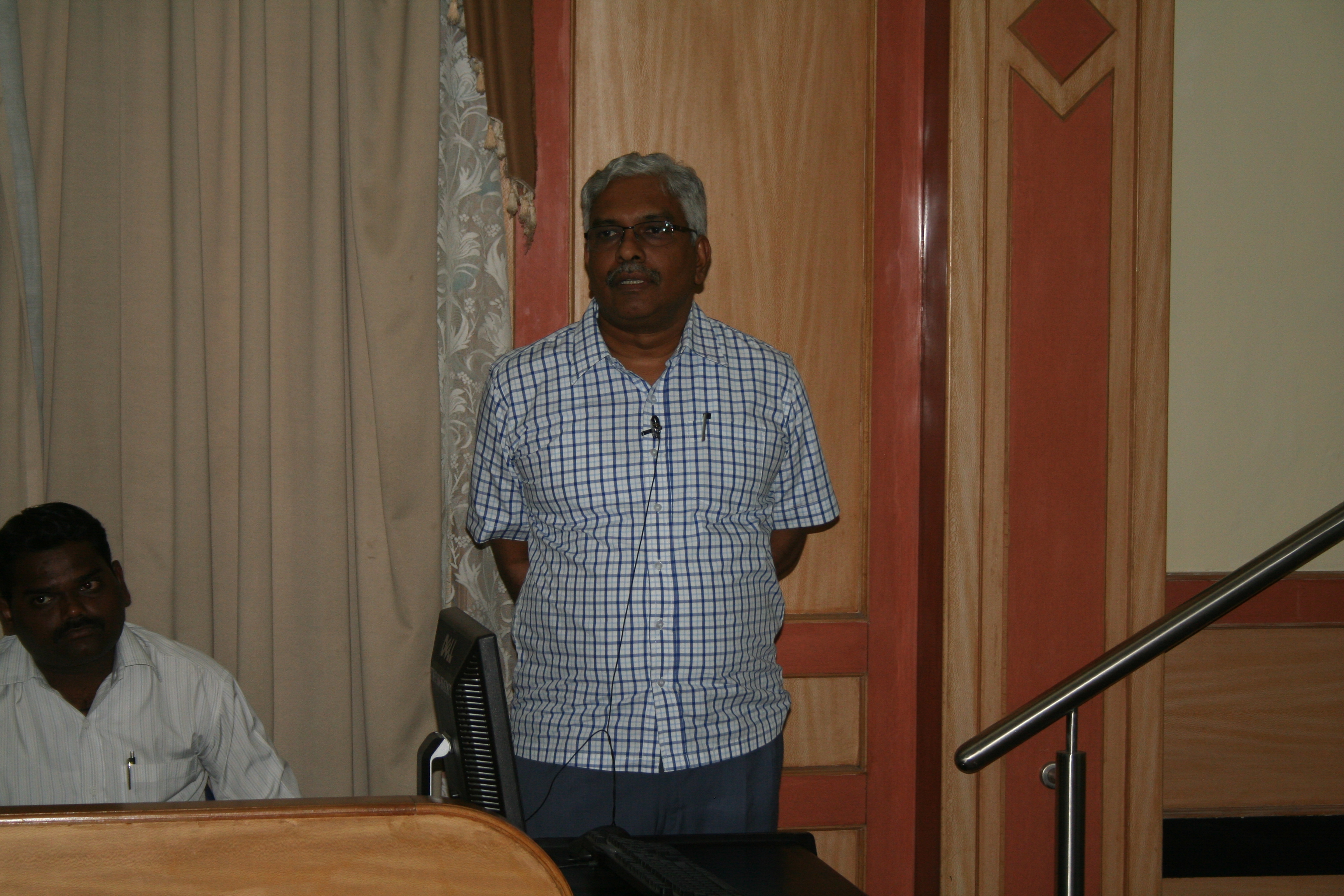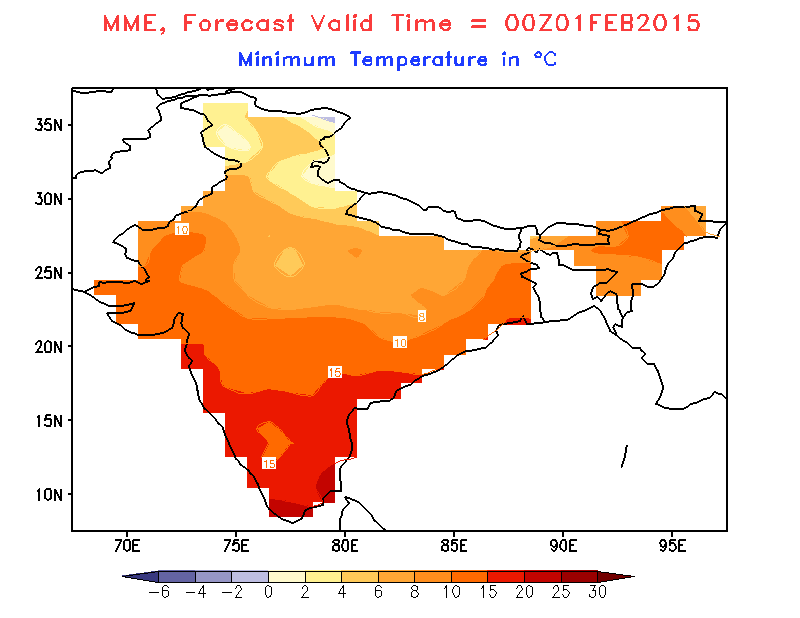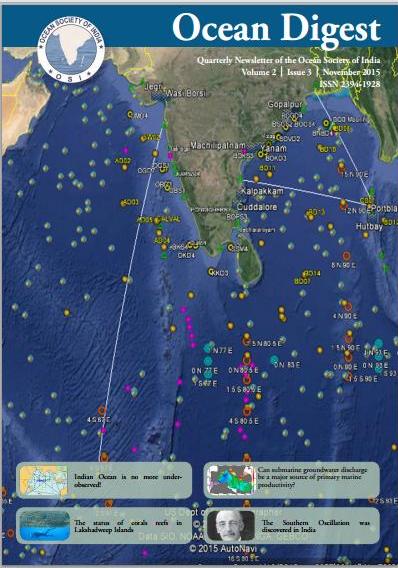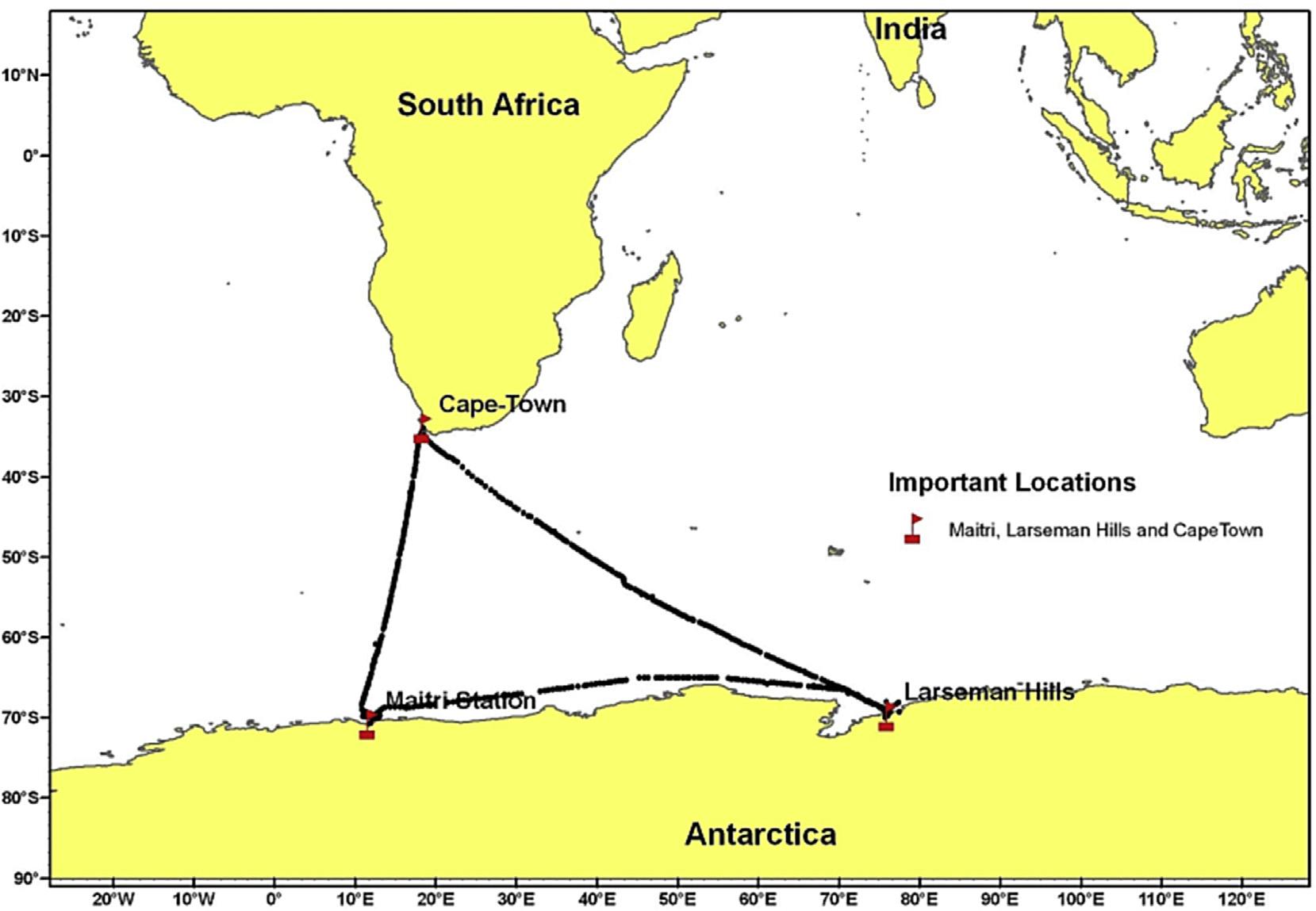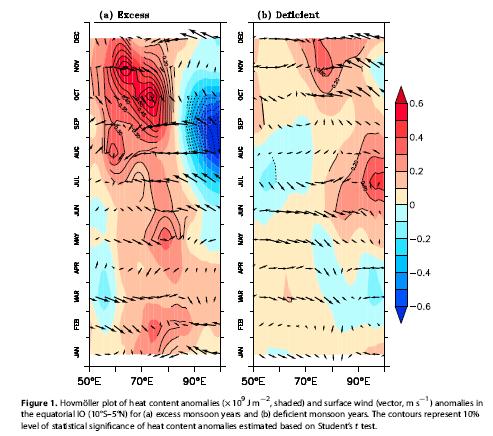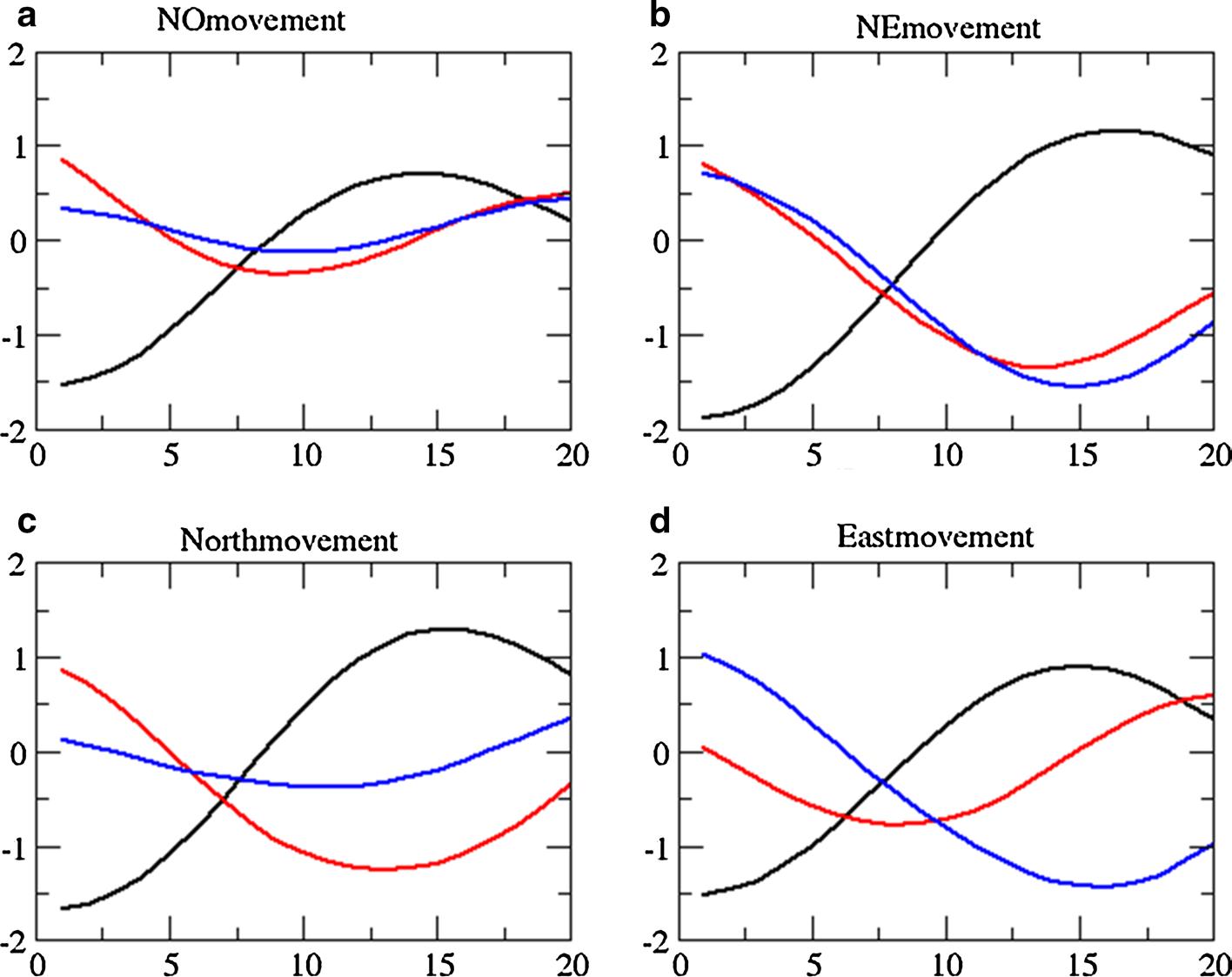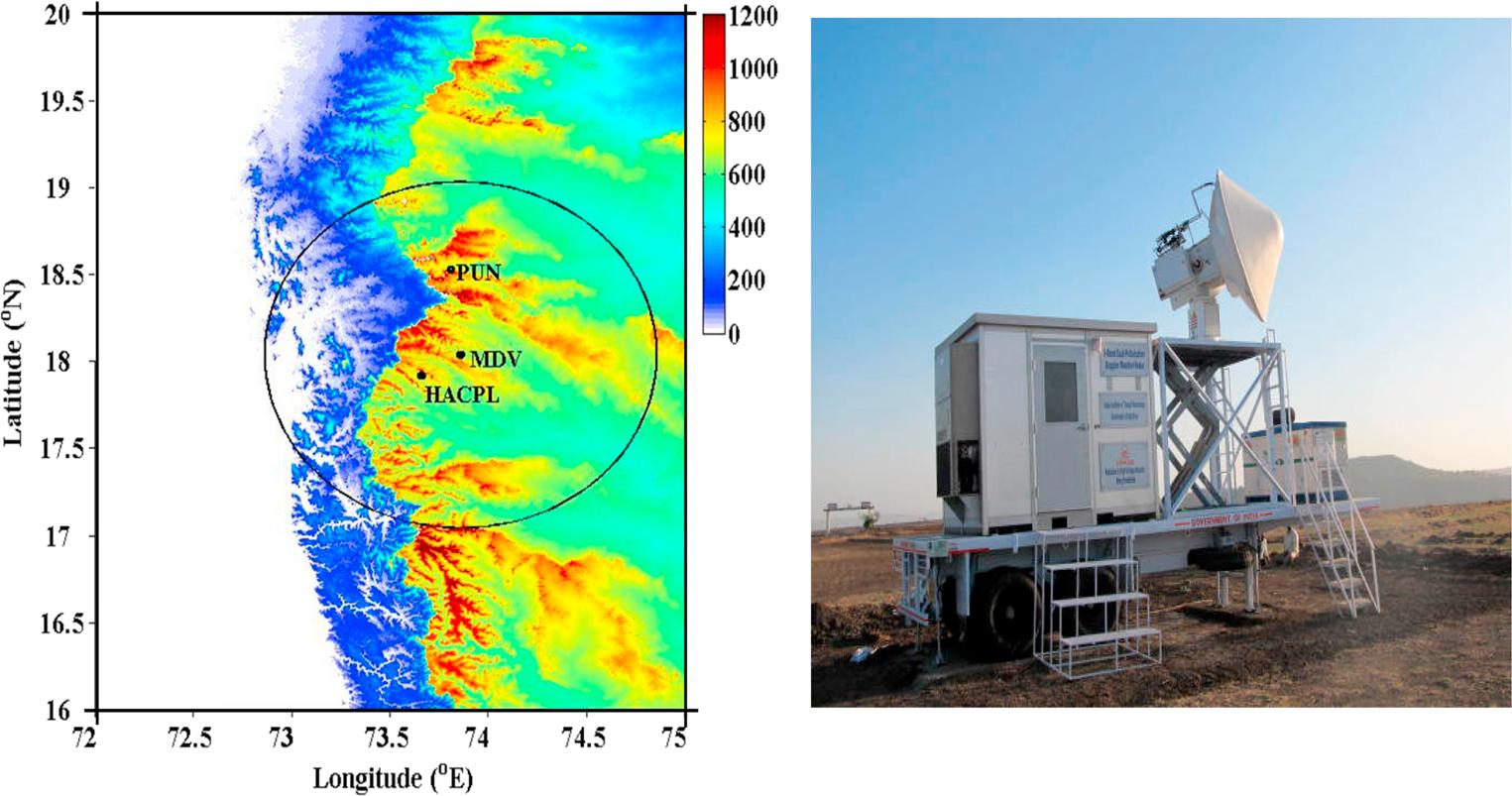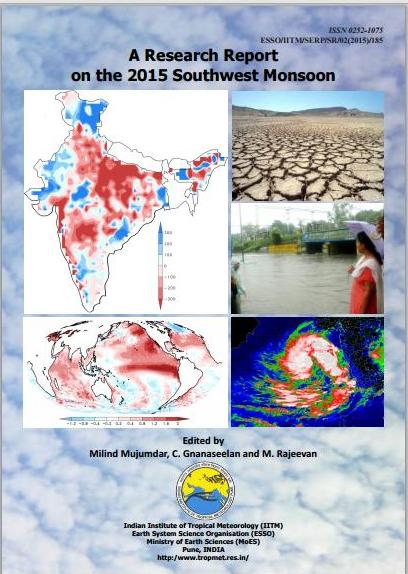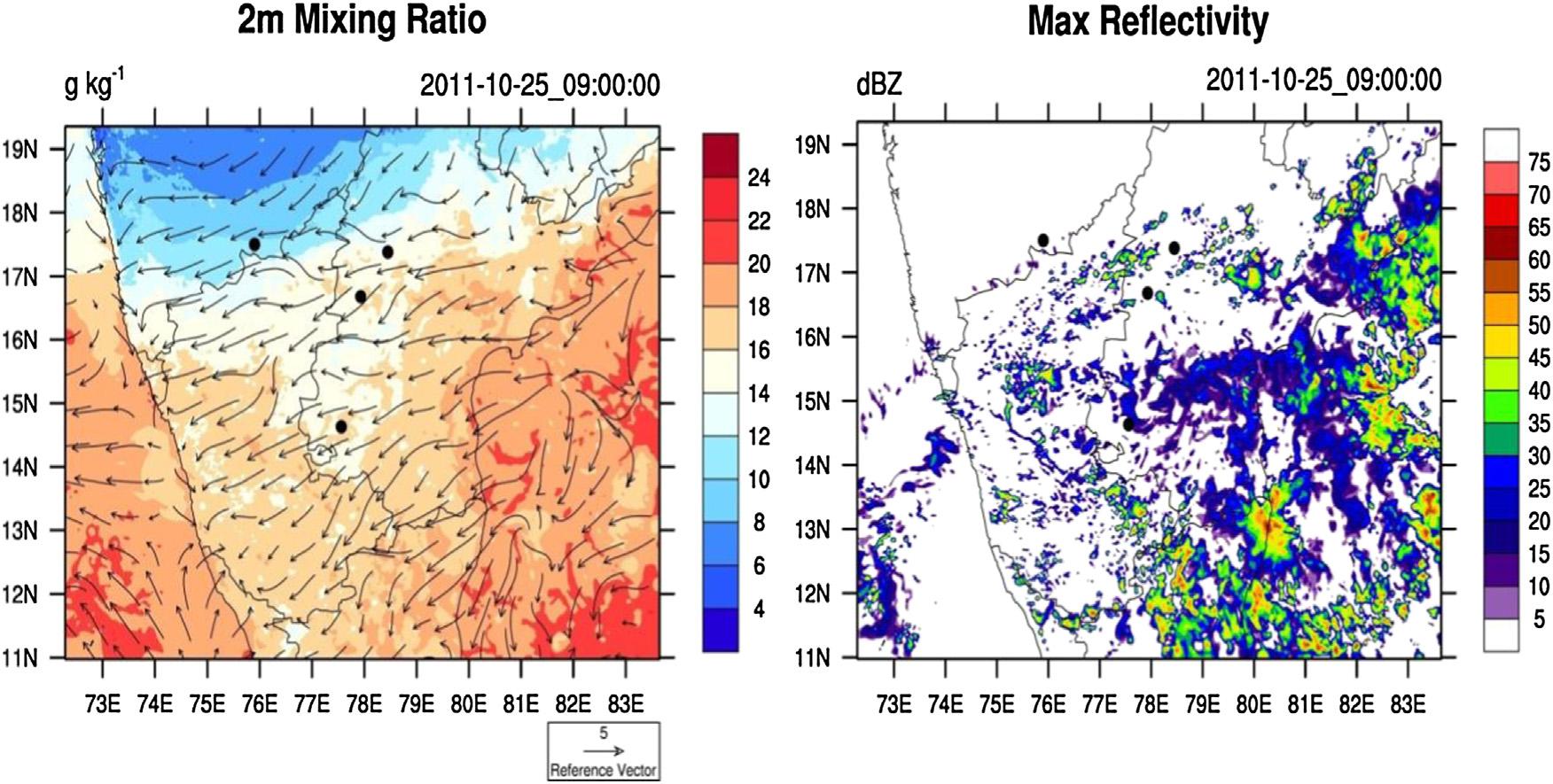IITM Publication Highlights
Simulation of the Indian Summer Monsoon in the Superparameterized Climate Forecast System (SP-CFS) Version 2: Preliminary Results
|
Analysis of 5-yr (from 1 January 2009 to 31 December 2013) free run of the superparameterized (SP) Climate Forecast System (CFS) version 2 (CFSv2) (SP-CFS), implemented for the first time at a spectral triangular truncation at wavenumber 62 (T62) atmospheric horizontal resolution, is presented. The SP-CFS simulations are evaluated against observations and traditional convection parameterized CFSv2 simulations at T62 resolution as well as at some higher resolutions. The SP-CFS significantly reduces the dry bias of precipitation over the Indian subcontinent (Figure 1.) and better captures the monsoon intraseasonal oscillation (MISO) modes and convectively coupled Equatorial Waves (Figure 2). This analysis of the development of SP-CFS is particularly important as it shows promise for improving the cloud process representation through an SP framework and is able to improve the mean as well as intraseasonal characteristics of CFSv2 within the context of the ISM.
Read more...
(Goswami B.B., Krishna R.P.M., Mukhopadhyay P., Khairoutdinov M., Goswami B.N., Journal of Climate, Nov 2015) |
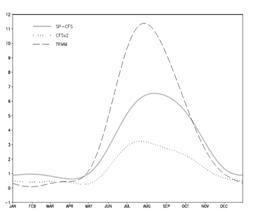
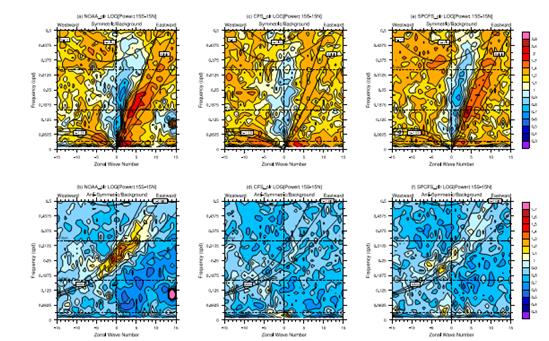
|
Air quality simulation over South Asia
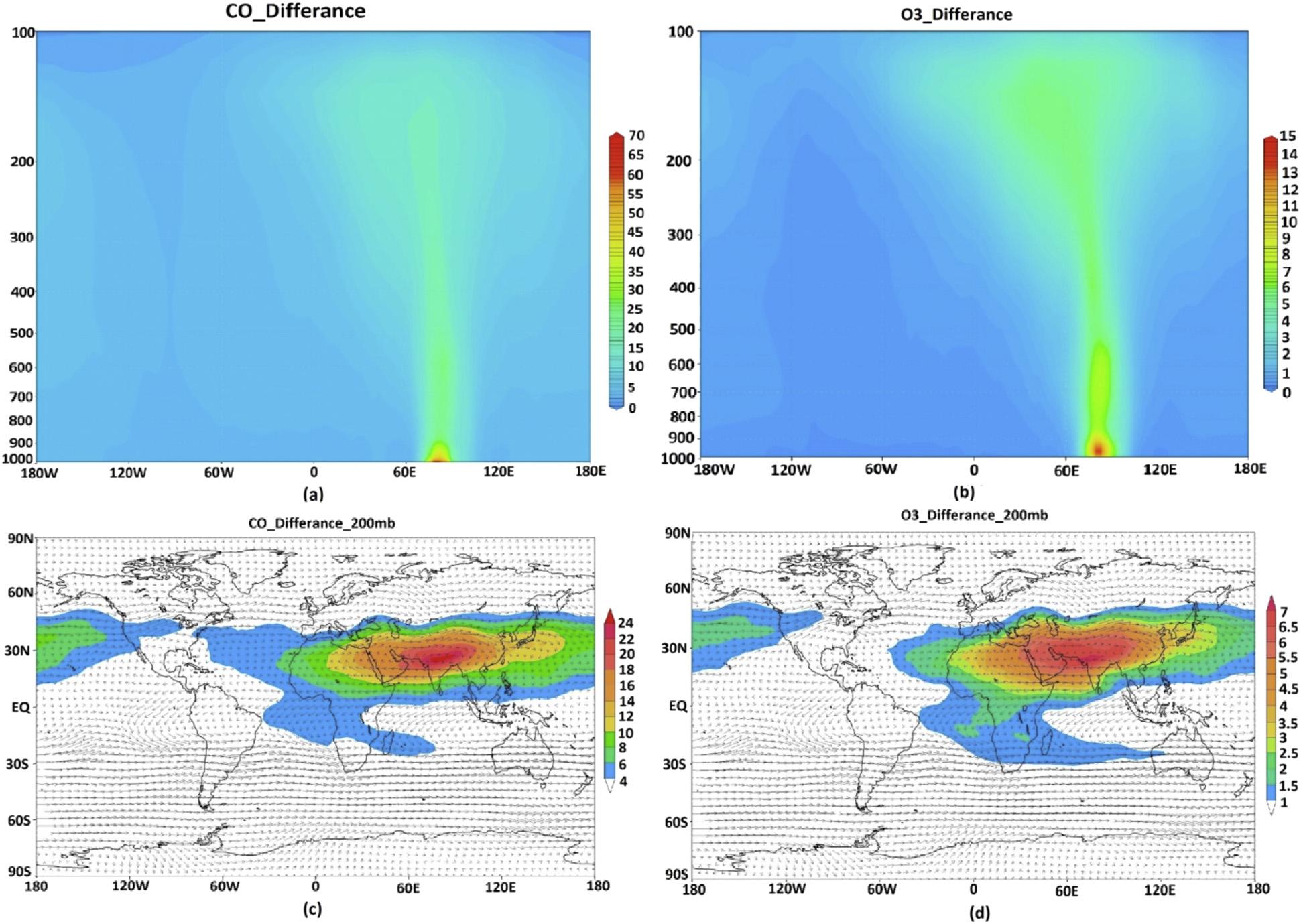 |
For the first time, this study by IITM is contribution towards the Task Force on Hemispheric Transport of Air Pollution (TF HTAP), the Convention on Long-Range Transboundary Air Pollution (CLRTAP) global assessment efforts using regional and global model simulations and addressed the issues pertaining to Air quality over South Asia and hemispheric transport of pollutants in the HTAP phase-2 renewed mandate. Read more... (Divya E., Ghude S.D., Beig G., L.K. Emmonsb, Jena C., Rajesh K., G.G. Pfister, Chate D.M., Atmospheric Environment , Dec. 2015) |
Why are the Indian monsoon transients short-lived and less intensified during droughts vis-a-vis good monsoon years? An inspection through scale interactive energy exchanges in frequency domain
|
The most common features in deficient monsoon / drought years (also observed during 2015) are that the monsoon transients/low pressure systems (LPSs) are short-lived, not aligned along the monsoon trough and show less westward propagation before dissipation when compared with good monsoon years. Now, the question arises - why the LPSs show these characteristics during droughts vis-a-vis good monsoon years. This paper explores the possible answer of the above mentioned question in the perspective of the non-linear scale interactive kinetic energy exchanges in frequency domain. Read more... (Agarwal N.K., Naik S.S., De S., Sahai A.K., Int. journal of Climatology, online, Nov 2015) |
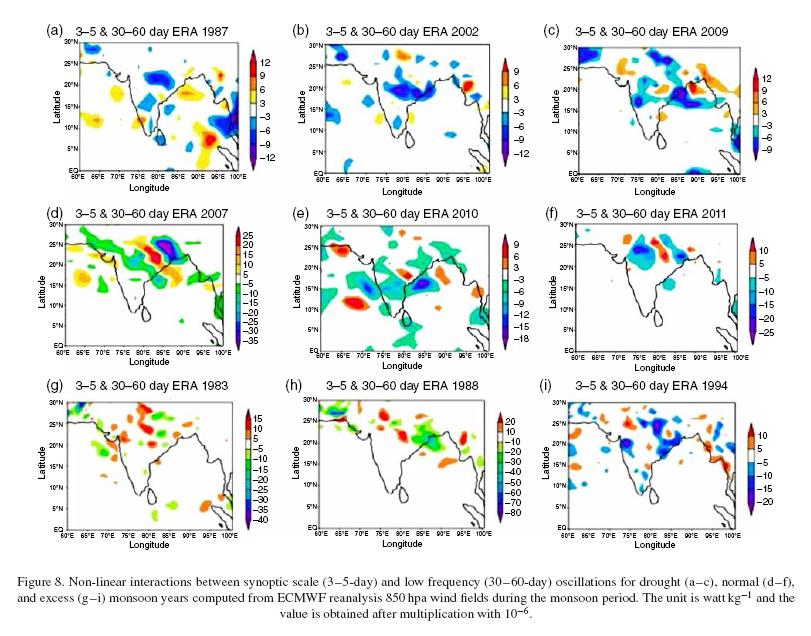
|
